In the current digital environment, email marketing continues to be a potent instrument for businesses aiming to retain customers and stimulate repeat purchases. By leveraging the power of email, you can nurture relationships with your customers, provide personalized experiences, and ultimately increase customer loyalty.
In this comprehensive guide, we’ll delve into the world of email marketing for customer retention, exploring best practices, strategies, and tips to help you create effective email campaigns that keep your customers coming back for more.
Table of Contents
Understanding Customer Retention
Customer retention refers to the practice of engaging and satisfying existing customers with your brand, a pivotal element in business expansion, as it is notably more cost-efficient to maintain current customers than to acquire new ones.
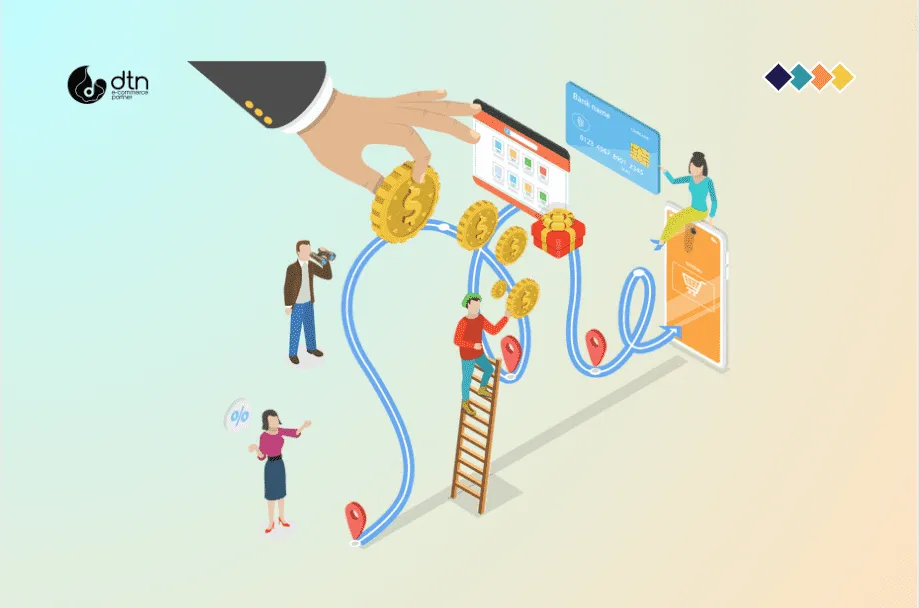
Benefits of Email Marketing for Customer Retention
Email marketing offers several key benefits for customer retention:
- Personalized Communication: Emails allow you to tailor your messages to each customer’s individual needs and preferences.
- Automated Campaigns: You can set up automated email sequences that nurture customers throughout their lifecycle, providing timely and relevant content.
- Targeted Segmentation: Divide your email list into segments based on demographics, behavior, or interests to send targeted messages that resonate with each group.
- Increased Engagement: Regular email communication keeps your brand top-of-mind and encourages customers to interact with your business.
- Improved Customer Experience: By providing valuable content, exclusive offers, and personalized recommendations, you can enhance the overall customer experience.
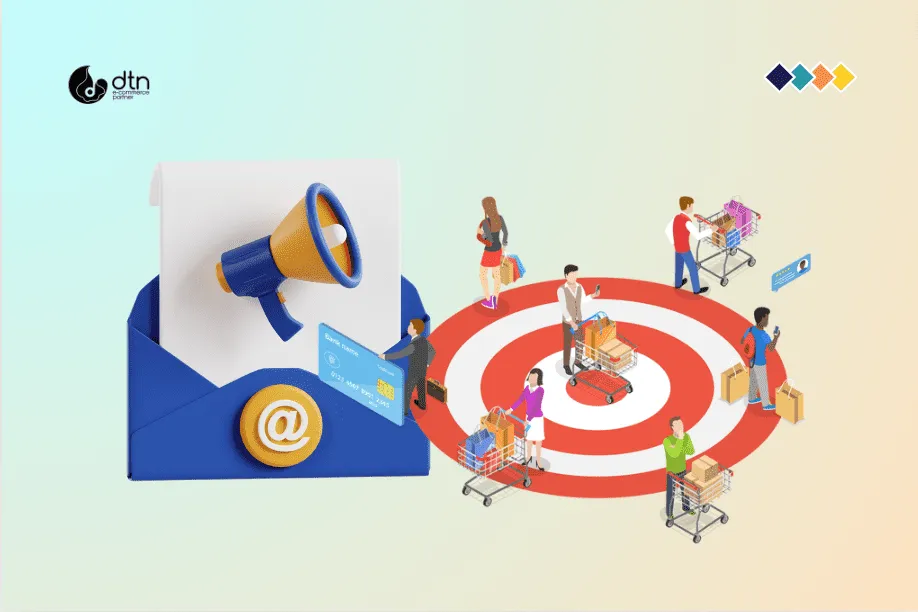
Best Practices for Email Marketing for Customer Retention
To craft impactful email campaigns that enhance customer retention, adhere to these recommended strategies:
- Build a Strong Email List: Collect email addresses through your website, social media, or lead magnets.
- Segment Your Audience: Divide your email list into relevant segments to tailor your messages.
- Craft Compelling Content: Provide valuable and engaging content that addresses your customers’ needs and interests.
- Personalize Your Emails: Use personalization tokens to address customers by name and include relevant information.
- Automate Your Campaigns: Set up automated email sequences for welcome messages, abandoned cart reminders, and other key touchpoints.
- Track and Measure Results: Use email analytics to monitor the performance of your campaigns and make data-driven improvements.
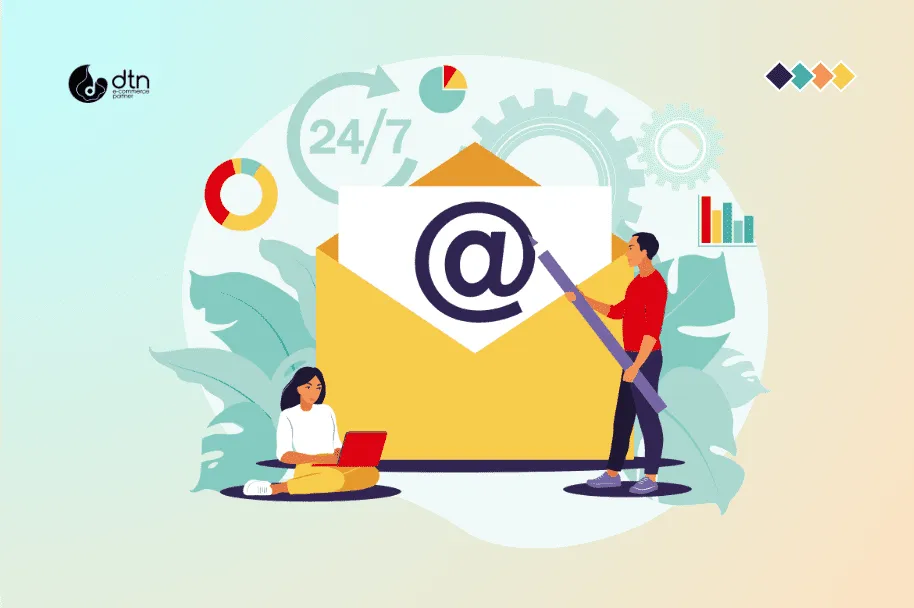
Strategies for Email Marketing for Customer Retention
In addition to following best practices, consider these strategies to enhance your email marketing efforts for customer retention:
- Welcome Series: Send a series of automated emails to new subscribers, welcoming them to your brand and providing essential information.
- Loyalty Programs: Offer exclusive rewards, discounts, and perks to loyal customers through email campaigns.
- Personalized Recommendations: Use data to recommend products or services that align with each customer’s preferences.
- Abandoned Cart Reminders: Send automated emails to customers who have abandoned items in their cart, reminding them to complete their purchase.
- Post-Purchase Follow-Ups: Thank customers for their purchases and provide support or additional information.
- Customer Feedback Surveys: Collect feedback from customers through email surveys to identify areas for improvement.
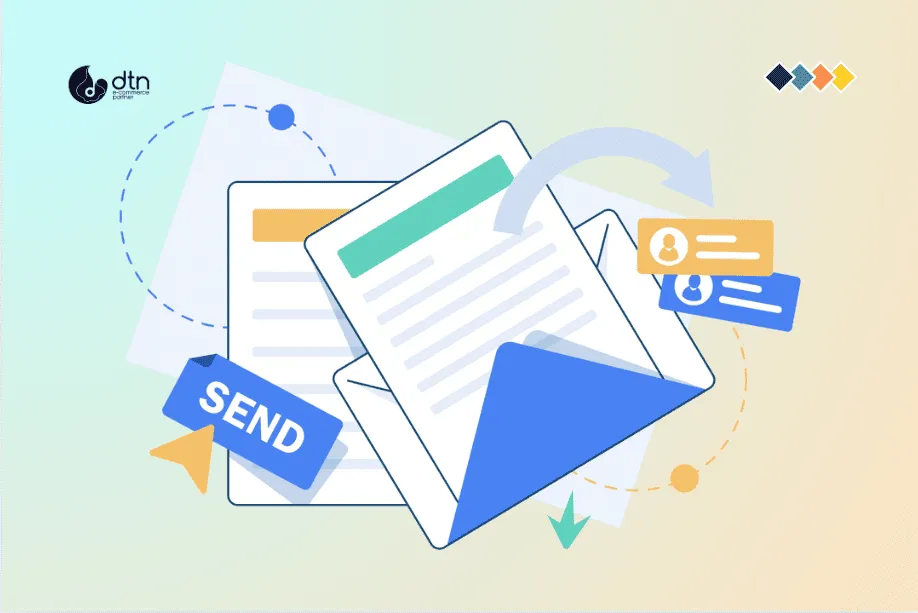
Tips for Effective Email Marketing for Customer Retention
- Use Clear and Concise Subject Lines: Grab attention with subject lines that are informative and compelling.
- Optimize for Mobile: Ensure your emails are responsive and display well on all devices.
- Test and Iterate: Regularly test different email elements, such as subject lines, content, and call-to-actions, to optimize performance.
- Provide Value: Focus on providing valuable content that benefits your customers, rather than just promoting your products or services.
- Respect Customer Privacy: Follow privacy regulations and use email addresses responsibly.
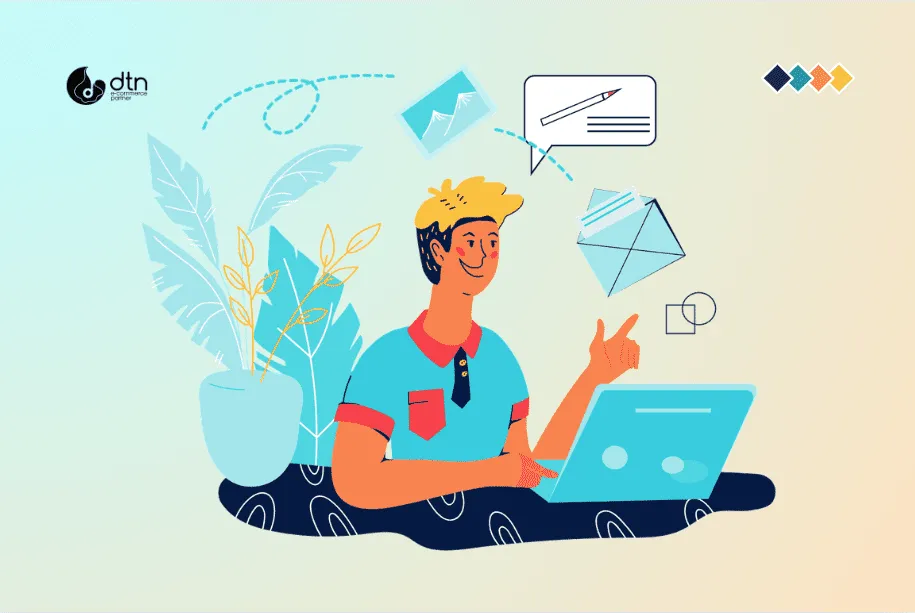
Conclusion
Email marketing is an essential tool for businesses looking to retain customers and drive repeat purchases. By following best practices, implementing effective strategies, and adhering to tips, you can create email campaigns that nurture relationships, provide personalized experiences, and ultimately increase customer loyalty. Remember, the key to successful email marketing for customer retention lies in providing value, personalizing communication, and building lasting connections with your customers.
Frequently Asked Questions
We’ve compiled a list of answers to common questions.
What are some key metrics to track in email marketing for customer retention?
Key metrics to track in email marketing for customer retention include open rates, click-through rates, conversion rates, unsubscribe rates, and overall engagement metrics such as time spent reading emails and interactions with content.
How can businesses effectively segment their email lists for targeted communication?
Businesses can segment their email lists based on various criteria such as demographics (age, gender, location), behavior (purchase history, browsing activity), engagement level (frequency of interactions with emails), and interests (product preferences, content engagement). Using these segmentation criteria allows businesses to send targeted messages that are relevant to each group of recipients.
What role does automation play in email marketing for customer retention?
Automation plays a significant role in email marketing for customer retention by allowing businesses to set up automated email sequences that deliver timely and relevant messages to customers based on their actions and behaviors. This includes welcome series for new subscribers, abandoned cart reminders, post-purchase follow-ups, and re-engagement campaigns for inactive subscribers. Automation helps businesses stay connected with customers throughout their lifecycle, nurturing relationships and driving repeat purchases.
How can businesses ensure that their email content provides value to customers?
Businesses can ensure that their email content provides value to customers by focusing on addressing their needs, interests, and pain points. This can include offering helpful tips and advice, sharing educational content, providing exclusive offers or discounts, showcasing new products or features, and soliciting feedback or input from customers. By understanding what matters most to their audience and delivering relevant content, businesses can create email campaigns that resonate with customers and keep them engaged.
What are some common mistakes to avoid in email marketing for customer retention?
Some common mistakes to avoid in email marketing for customer retention include sending too many emails and overwhelming subscribers, neglecting to personalize messages and content, using misleading or spammy subject lines, ignoring feedback and unsubscribe requests, and failing to track and analyze campaign performance. It’s essential for businesses to respect their customers’ time and preferences and to continually refine their email marketing strategies based on data and feedback.



